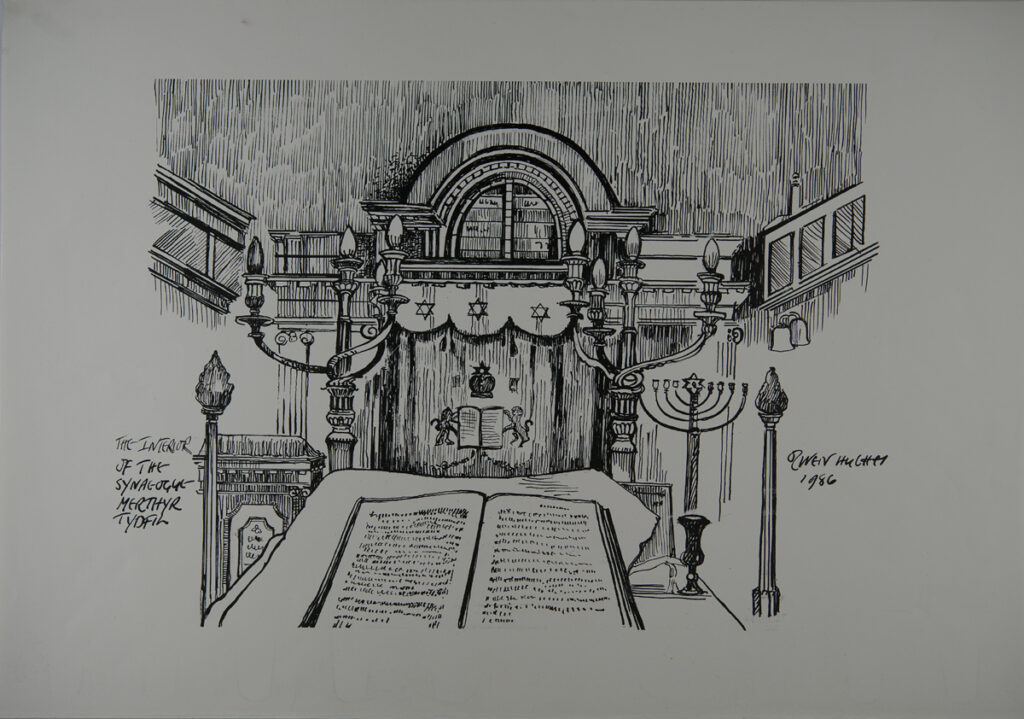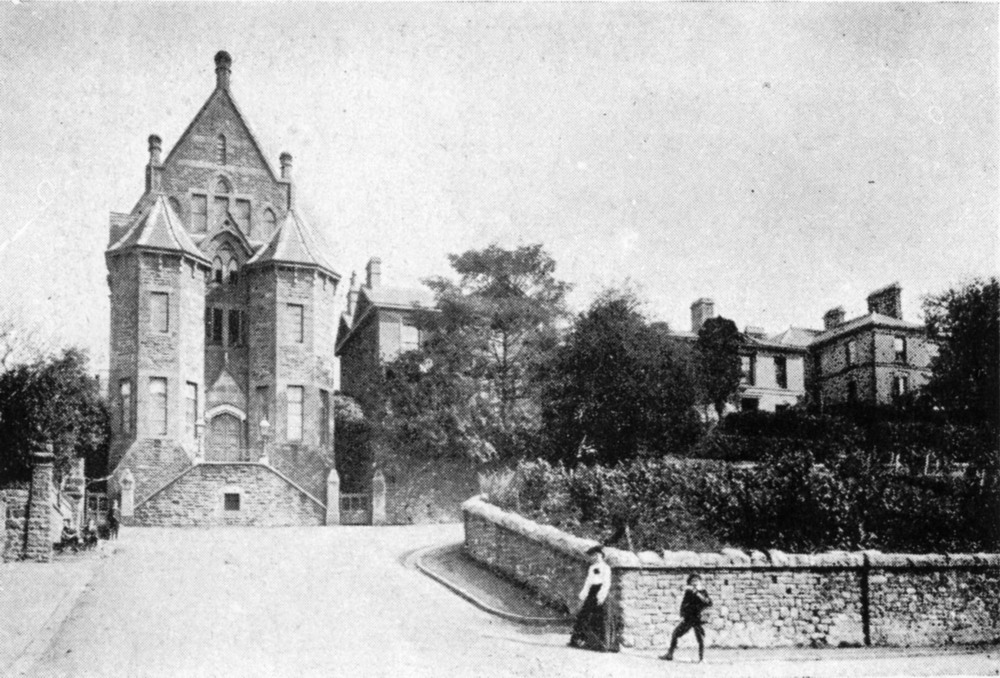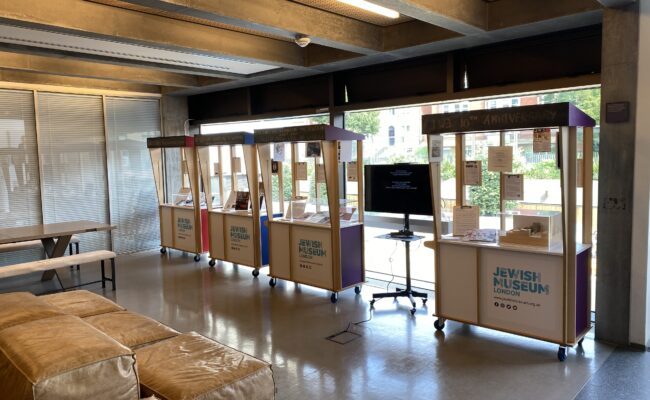A conversation between Claire Mead, Jewish Museum London & Michael Mail, the Foundation for Jewish Heritage

Museum: Could you tell us a little about your organisation and what it does?
Mail: The Foundation for Jewish Heritage works internationally on the preservation of Jewish heritage in danger.
Museum: And how exactly do you go about preserving that heritage?
Mail: We preserve Jewish memory by preserving the patrimony of the Jewish people. At the beginning of the 20th century, 9 out of 10 Jews lived in Europe, today it is 1 out of 10. What were the heartlands of the Jewish people for centuries – Warsaw, Vilnius, Baghdad – have largely disappeared.
What remains is a remarkable physical heritage that often stands as the last testimony of the Jewish life that was. Once this is gone, there will be no evidence of the vibrant Jewish life that was.
This heritage tells our story. Where we came from, who we are – and where we are going. We firmly believe that our past shapes and informs our today and tomorrow. These Jewish heritage sites lost their communities of users. They are ‘orphaned’ heritage and that is why they are especially vulnerable. Yet they still have an important role to play.
Museum: Could you expand on that? Is that importance simply to preserve memory or something more?
Mail: Well, the most important thing is that they can serve as places of profound education for the Jewish people, but also for wider society. They can educate about the Jewish life and contribution, building understanding and empathy, and combatting ignorance and prejudice.
Selecting an object
Museum: We asked you to select one item that represents this preservation of memory? What have you gone for?
Mail: More than one item! J But primarily this sketch from your collection. It itself is a Jewish memory because it is capturing something that is long gone.
The striking historic Merthyr Tydfil synagogue ceased operating in 1983 and its interior was removed bringing to an end a Jewish community that has had an organised presence in Merthyr from the 1840s.
This story of Merthyr is the story of the Industrial Revolution. Merthyr was at the forefront of the Industrial Revolution becoming in the 19th century Wales’s biggest town containing for 50 years the largest Ironworks in the world. Naturally, migrants flooded into the boomtown of Merthyr from Wales and beyond and that included Jews, coming mainly from Eastern Europe. However, the 20th century brought with it major economic decline for Merthyr. The children of Jewish shopkeepers went off to university and never returned, making the closure of 1983 inevitable.
Museum: Tell us a bit more about what attracted you to this item.
Mail: The drawing presents the typical architecture of a traditional Orthodox synagogue with its bimah in the centre enveloped in ornate lights. From the bimah (platform), we take in the dominant aron hakodesh (holy ark) at the far wall facing Jerusalem with its richly decorated parochet (curtain) covering the cabinet that held the torah scrolls that would be read each week. There is also a shtender (lectern) where the Rabbi would have roused his congregants through his regular drashas (sermons), and a menorah on the other side of the aron echoing the overall synagogue design as reflecting the form of the Holy Temple in Jerusalem that was taken forth into the Jewish diaspora across the globe.
We can also see the upstairs women’s gallery which would confirm that this is a traditional Orthodox community that separated the women from the men.
The drawing was made in 1986 suggesting it is itself a memory being three years after the synagogue had been closed, and the artist is Owen Hughes suggesting a local non-Jewish person who is affectionately recalling the Jewish community that was and a building that represented shared heritage – a piece of Jewish and Welsh heritage.
Alongside the sketch are photos of the building from the past (1904) and our designs for the reopening of the synagogue as a visitor centre. Recalling is also bringing back to life. These beautiful buildings, built to inspire, can still serve an important purpose – impacting the local environment, shaping a sense of place, informing a town of its history and the mix of communities who all contributed to the story of Merthyr and the story of Wales.
Memory is always selective. In Judaism, what we choose to remember reflects what lessons we want to draw. By saving Merthyr synagogue, we are saving a memory of the past so that it can indeed serve educational purposes of today, presenting the 250+ years of the Welsh Jewish experience, explaining the diversity of communities in Wales, and promoting inter-faith and inter-cultural dialogue.
This is a memory that still has meaning for today.


—————————————————————————————————————–
Find out more at www.foundationforjewishheritage.com/
